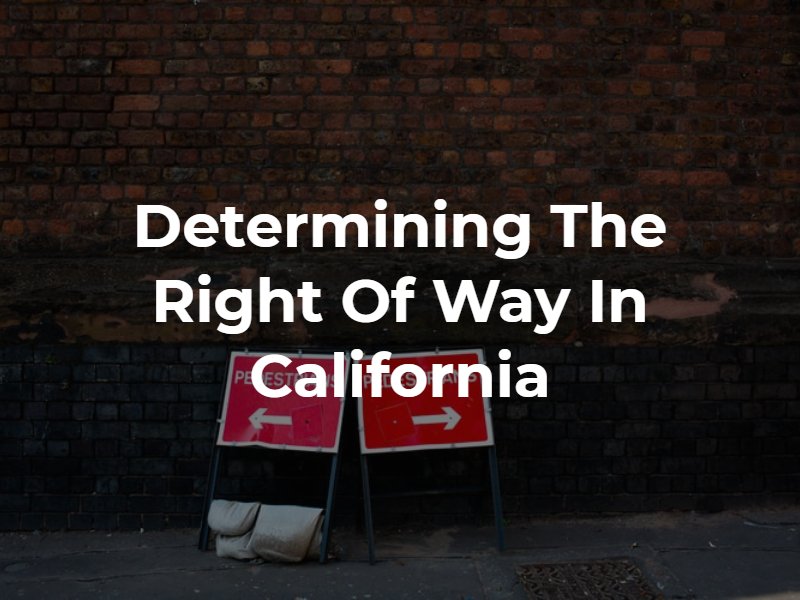Our attorneys have been assisting the Orange County and Southern California communities for over 40 years.
Everybody wants the right of way on the roadway. However, the very nature of establishing the right of way means that somebody has to wait while another person has the right to proceed. This is true when it comes to vehicle traffic as well as when pedestrians and bicyclists are in the same area as vehicles. Somebody is going to have the right of way, and it is crucial to know who has it. When there is a car and a bicycle in the same area, who will be able to proceed? There is no straightforward answer to this question, as the right of way will vary depending on each particular situation.
 Determining the Right of Way in California
Determining the Right of Way in CaliforniaDid you know that bicyclists generally have the same rights on the roadway as any other vehicle?
Bicyclists are allowed to ride on most roadways throughout the state, with the exception of some highways and all freeways. If a bicyclist is moving as fast as traffic, they are allowed to ride wherever they want. If a bicyclist is moving slower than traffic, they are allowed to “take a lane” if the lane is not wide enough for a bike and a vehicle to share the lane safely side by side. California law does state that bicyclists should ride as close to the right side of the roadway as practicable unless they are:
Many motorists in California do not understand that bicyclists have the right to “take the lane.” This can lead to incidents of tailgating or passing a cyclist too closely.
In many major cities throughout California, there are designated bicycle lanes. It is illegal for motorists to drive in these bicycle lanes unless they have to cross the lane to make a turn or get into a parking structure.
There are various other areas where drivers must yield to bicyclists on the roadway. This includes where yield signs are present or where there are marked crosswalks.
When we look at data provided by the California Office of Traffic Safety, we can see that 133 bicyclists lost their lives across the state during the latest reporting year as a result of vehicle accidents. Additionally, more than 10,000 bicyclists were injured in vehicle collisions during the same year.
Unfortunately, bicyclists are incredibly vulnerable on the roadway, and they can sustain severe injuries in the event a collision with a vehicle occurs. This includes broken and dislocated bones, spinal cord injuries, traumatic brain injuries, internal organ damage, severe lacerations, and more.
It is crucial for drivers to understand that they typically have to yield the right of way to bicyclists in most situations. If a driver is unsure about whether or not they have to yield to a bicyclist, they should veer on the side of caution. A little courtesy extended by vehicle drivers can go a long way, even if they may not have the right of way.